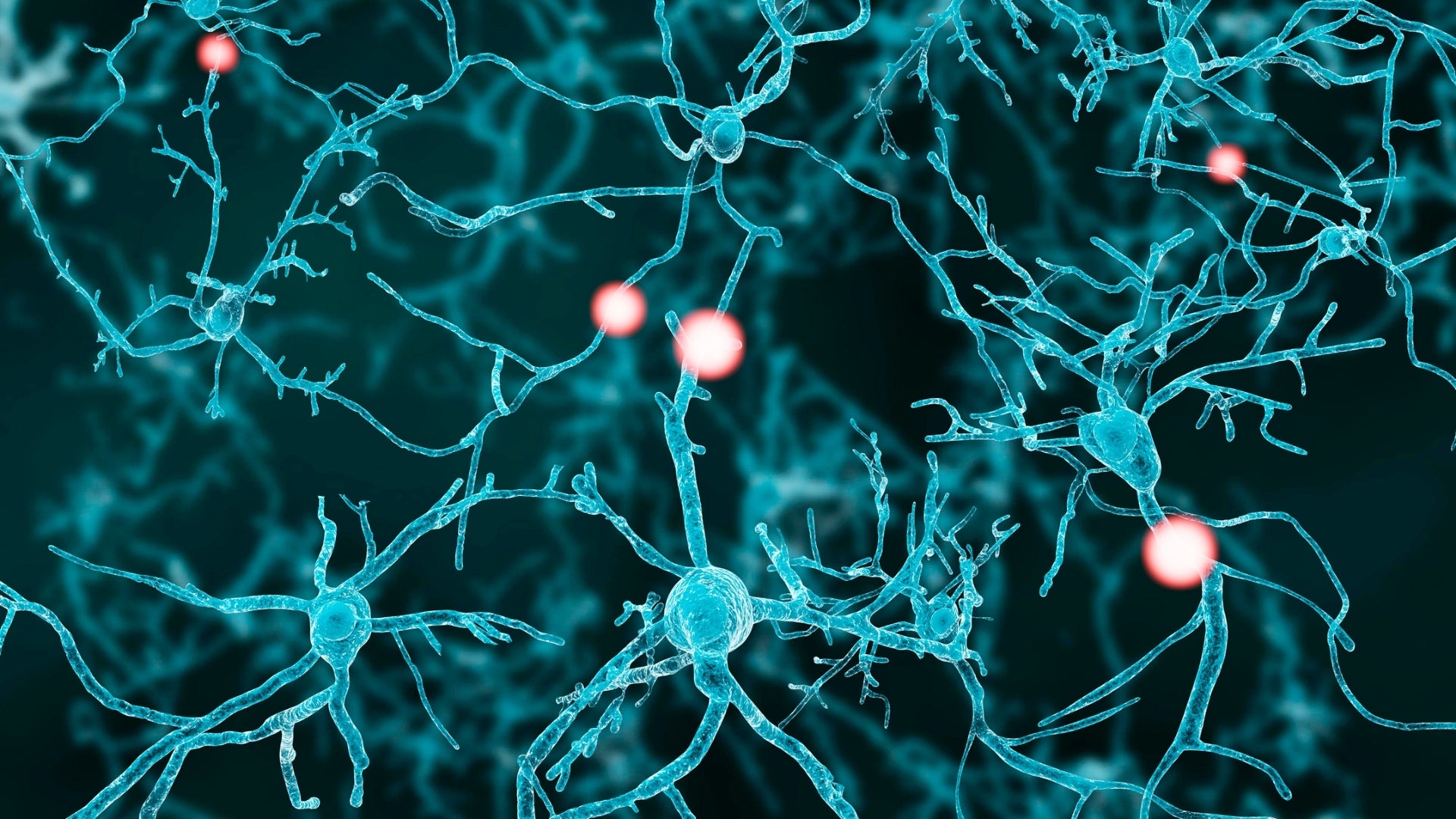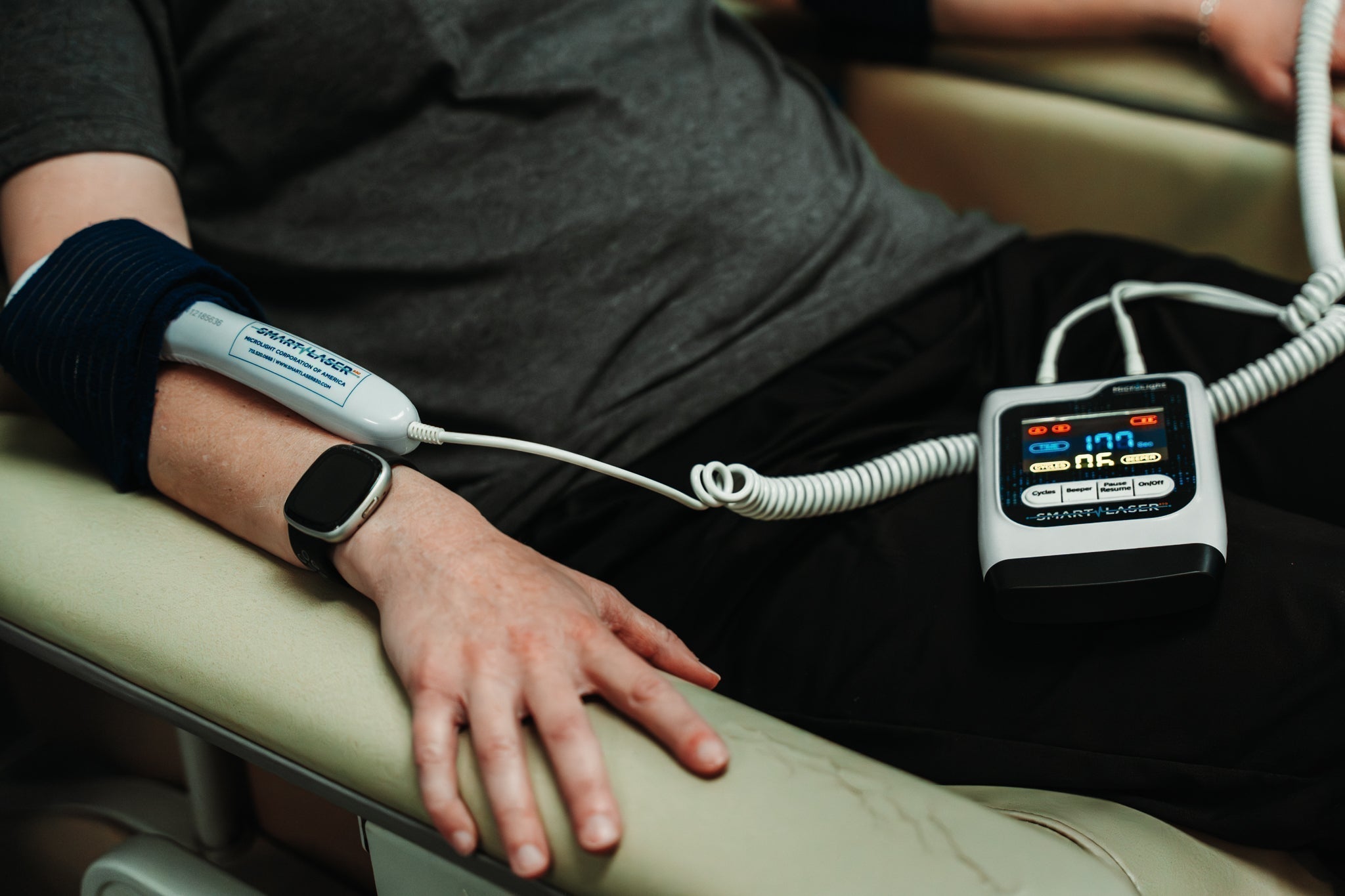Neural mobilization is a treatment modality used in relation to pathologies of the nervous system and is utilized throughout the FAKTR PNE course to treat peripheral nerve entrapments. While clinical experience and supporting evidence has suggested that neural mobilization is an effective treatment modality, a recent article published in The Journal of Manual and Manipulative Therapy hopes to more closely examine the therapeutic efficacy on this long standing treatment through a systematic review of the literature.
“In the past,” say authors Ellis and Hing, neural tension was used to describe functions of the peripheral nervous system. More recently, there has been a shift away from a purely mechanical rationale to include physiological concepts such as structure and function of the nervous system.
Neurodynamics is now a more accepted term referring to the integrated biomechanical, physiological and morphological functions of the nervous system.”
The authors establish that “regardless of the underlying construct, it is vital that the nervous system is able to adapt to mechanical loads, and it must undergo distinct mechanical events such as elongation, sliding, cross-sectional change, angulations and compression”--any of which may occur during acts of daily living.
So what is Neural Mobilization exactly?
Neural mobilization techniques vary, but the majority use some type of manual (using the hands) or instrument-assisted intervention--applying movements directly to the surrounding tissues such as nerve glides to a specific area where a nerve is believed to be entrapped or compressed.
The authors examined ten RCTs (randomized controlled trials) that used different methods of application of neural mobilization that included cervical lateral glide, slump sliders and peripheral nerve sliders. Some studies chose to combine these techniques with home-based neural mobilization exercises as well.
What conditions can be treated with Neural Mobilization?
This systematic review examined studies that were treating different neurodynamic dysfunctions, including lateral epicondylalgia, carpal tunnel syndrome, post-operative spinal surgery, non-radicular low back pain and neurogenic cervico-brachial pain syndrome. This created a scenario where “all ten RCTs were clinically and therapeutically heterogeneous, necessitating a qualitative analysis for summarizing the results.”
What was the therapeutic efficacy?
Of the 11 studies the authors examined, there were 6 different categories or types of treatment identified. They concluded that there is limited evidence (Level 3) to support the use of neural mobilization that involves active nerve and flexor tendon gliding exercises of the forearm, cervical contralateral glides, and Upper Limb Tension Test 2b mobilization in the treatment of altered neurodynamics or neurodynamic dysfunction.
There was inconclusive evidence (Level 4) to support the use of neural mobilization involving slump stretches and combinations of neural mobilization techniques in the treatment of altered neurodynamics or neurodynamic dysfunction.
What does this mean for us as practitioners?
The systematic review concluded that of the 11 studies examined, more studies found a positive effect than a neutral effect which is encouraging evidence that these treatments are effective in certain circumstances. While there is no “one-size-fits-all” solution that exists (and we argue strongly AGAINST “cookie cutter” treatments), neural mobilization appears to be a valuable treatment option for many patient presentations encountered in musculoskeletal practice.
Practicing evidence-based medicine is vital in today’s ever-evolving healthcare environment. This model of care offers clinicians a way to improve the quality of care being delivered, improve patient satisfaction, and reduce costs.
At Southeast Sports Seminars, each of our FAKTR courses has a curriculum built upon the best available evidence. We believe that evidence-based medicine involves 3 key components:
- Best available evidence
- Clinical Expertise
- Patient Values and Patient-Centered Care
Our FAKTR Peripheral Nerve Entrapments Course offers 2 of those 3 key components, utilizing treatment techniques for nerve entrapments that are proven in RCTs as well as systematic reviews, developed by practitioners that practice what they preach every day in clinical practice with significant expertise with peripheral nerve entrapments.
After taking this course, practitioners are able use this evidence-based system to offer their patients an effective alternative to surgical intervention or pain management injections for a wide variety of neural entrapment conditions.
To learn more about our FAKTR Peripheral Nerve Entrapments Course, click here.
You can read the full research article here: https://www.ncbi.nlm.nih.gov/pmc/articles/PMC2565076/pdf/jmmt0016-0008.pdf






Share:
6 Strategies to Help Young Athletes Eat Better
Sciatica or Superficial Nerves?